Plant Camellias in your Garden: [Where, How and When to do it]
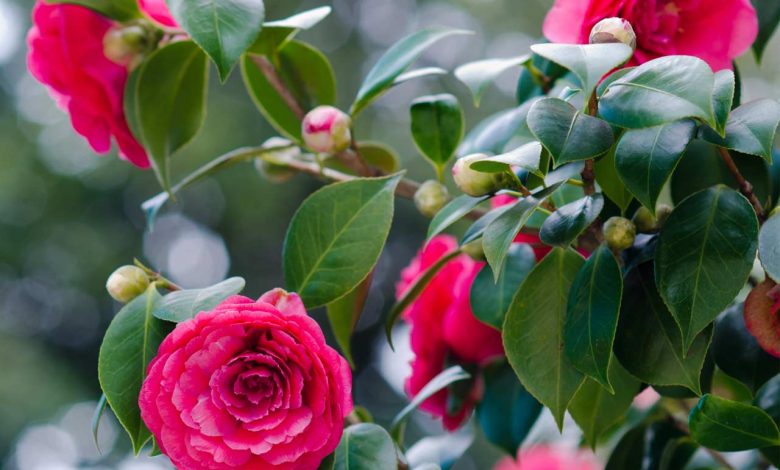
the camelliaarrived in Europe more than 4 centuries ago, from the Asian continent.
Camellias are so faithful to the display of their beauty that their stems with intense green leaves are able to bloom even when the winter period appears.
They can serve as ornamental plants or houseplants. Do you want to see how we do?
Important Points when Planting Camellias
- When to sow? There are resistant varietiesfor any season of the year.

- Where to do it? A garden where the plant does not receive direct sunlight is best.
- How to prepare the land? Soil rich in nutrients, with organic matter and very good drainage.
- How do we water? Periodically, so that the substrate does not dry out completely.
- What associations favor you? With Dahlias and Lilies it can be combined in meadows.
- What pests and diseases does it suffer from? They are very sensitive to fungi, fungal diseases, and pests such as aphids, thrips, and leaf miners.
When to plant camellias?
 The magic of planting camellias has its ritual. It is considered one of the shrubsmost sought after for winter and spring planting.
The magic of planting camellias has its ritual. It is considered one of the shrubsmost sought after for winter and spring planting.
There are several varieties that, combined in a well-kept garden, cangive us white, pink, red and yellow multicolored flowersthroughout the year.
Most famous varieties of camellias
In home gardens it is very common to see two types of Camellia:
- Japanese camellia: it gives us its splendor in the winter or early spring. Its leaves and flowers are large, with intense colors. Its pruning is carried out after the spring float.
- Sasanqua Camellia: Its flowers and leaves are smaller. It reveals its spectacular flowery beauty in the severity of autumn, which is why they are very resistant to drought and disease. Its pruning is carried out before spring flowering and it needs its dry leaves to be removed to give it more vitality and a little fertilizer after each flowering period.
But wich onesthe right time to plant camellias?
Well, it is not convenient to waste time with them, because they are so versatile thatthere are varieties for every season.
Where to plant camellias?
the bush ofthe Camellia can reach between 2 to 4 meters in heightand about 2 meters wide, so the space that we predestine for the beautiful miracle of seeing them grow must be carefully selected.
Yes indeed. The key to its growth is based on careful preparation of the soil.
 A garden where the plant do not receive direct sunlightIt is the most recommended for your health throughout the year.
A garden where the plant do not receive direct sunlightIt is the most recommended for your health throughout the year.
In the shade of the pine canopies, the camellias will grow under the shelter of an ideal semi-shade. Its bush grows slowly, about a foot per year.
If the soil in our garden is not acidic, it is time to plant it in a spacious pot.
There are varieties of small camellias that should be planted in suitable containers.
How to prepare the land for the cultivation of camellias?
the ritual ofpreparing the land is essential.If you want success, this is the first thing you should do:
- Remove weeds from the entire field.
- Add organic matter, about a square meter will be enough.
- The substrate and the fertilizer are fundamental because they allow it to absorb iron and thus iron chlorosis is avoided.
- Ensure free drainage for the entire area.
- They need an acid soil with a porous texture that allows excellent drainage.
How do we water camellias?
Irrigation is effective when executedin spray form,but it is usually strategic in the period immediately before flowering, because it will guarantee a much more productive show at the floral level.
We must never allow the substrate to dry out completely and for this to be permanent, our Camellias must be watered periodically, yes, with white water, free of lime.
To learn more, read: Camellias bloom.
How do we plant camellias step by step?
When we are about to plant a bush of camellias, we must follow the following instructions to the letter:
- The hole should be twice the width and depth of the root of the plant. But remember that its roots are superficial.
- Pour compound into the hole, but make sure it reaches the bottom.
- Very delicately, remove the plant from the pot and take it towards the center of the hole, trying to prevent the root from being damaged.
- Fill with soil, carefully adding from the sides to the center, until the area is completely covered.
- Make sure it is in an area of good indirect light to grow. Especially in hot periods, or at high noon, its leaves tend to dry out if they receive direct sunlight.
- Add water without making them soggy or drowned.
- And when we have to apply fertilizer later, we must throw it in a wider circle to the drip line area of the bush. Mistakenly, it is applied around the trunk of the bush.
To know more, you can see: Camellia cuttings.
What favorable associations does it have?
Did you know…The so-called Camellia genus has between 100 to 250 species from the tropical and subtropical regions of Southeast Asia, China and Japan.
 They are obtained in forests located halfway above sea level.
They are obtained in forests located halfway above sea level.
It was introduced to Europe by a botanical expert Jesuit monk named Georg Josephus Kamel, better known as Camellus, who described them by drawing them on a trip he made to the Philippines aboard a Spanish galleon.
Hybrids with double or multiple corollas and a greater number of petals have been obtained.The Japanese CamelliaIt is the best known in the world of gardening. The Adolphe Audusson variety is derived from it, especially for indoor cultivation.
A delicious tea is obtained from the leaves of the sinensis species.
Some of the best known varieties are: Camellia ssimilis; C. brevistyla; C. chrysantha; C.chekiangoleosa; C. changi; C.japonica; C.furfuracea; C. fraternal; C. Cuspidata; C. rusticana; C. connata.
We can have varied combinations in our garden that will give us the beautiful gift of admiring them in splendor throughout the year.
So if we plant several species, we will have the colors of all seasons.
Two or three varieties can be combined to make our garden more attractive.
What pests and diseases do camellias have?
A warning that something is wrong with your Camellia plant is the exaggerated loss of dead leaves, which turn yellowish, pecked or stained.
They naturally shed older leaves, so a small amount of leaf loss is normal. However, when they drop large amounts of dead, yellowed or spotted leaves, they can be a sign of disease.
The appearance of mites and insects must be attacked with insecticidal potassium soap, spray or alcohol.
Mushrooms can also do their thing. Removing blooms and fallen petals due to its effect is vital before applying any product that exterminates it.
Finally, usually when the flowers turn yellow it is because the soil has a very high acidity PH. It is appropriate to do soil tests to solve this problem that can also kill the beautiful Camellia.
verticillium wilt
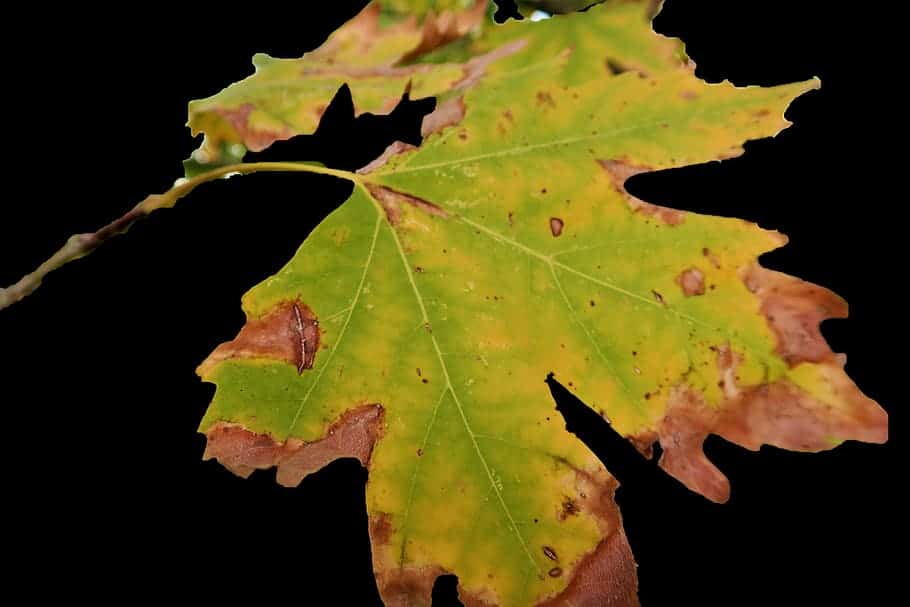 Verticillium or Verticillium wilt is a common soil fungus that thrives in temperate climates around the world and can be present in the soil for decades.
Verticillium or Verticillium wilt is a common soil fungus that thrives in temperate climates around the world and can be present in the soil for decades.
Verticillium wilt overwinters in the soil as dormant mycelium or tiny dormant black structures called microsclerotia, waiting for favorable conditions to return.
They enter damaged plant tissue through the roots and multiply. Many common weeds, such as dandelions and weeds, can be Verticillium host species.
Verticillium wilt is a disease that affects more than 350 species of eudicolous plants. It is caused by six species of Verticillium fungi: Verticillium dahliae, Verticillium albo-atrum, Verticillium longisporum, Verticillium nubilum, Verticillium theobromae, and Verticillium tricorpus.
Many plants with significant economic weight are susceptible, such as cotton, tomatoes, potatoes, oilseed rape, aubergines, peppers, and ornamental plants, as well as others in natural vegetation communities.
Many species and cultivars of eudicots are resistant to the disease, and all monocots, gymnosperms, and ferns are immune. To know more: Verticillium wilt in the Orchard: What is it? How do we identify it?
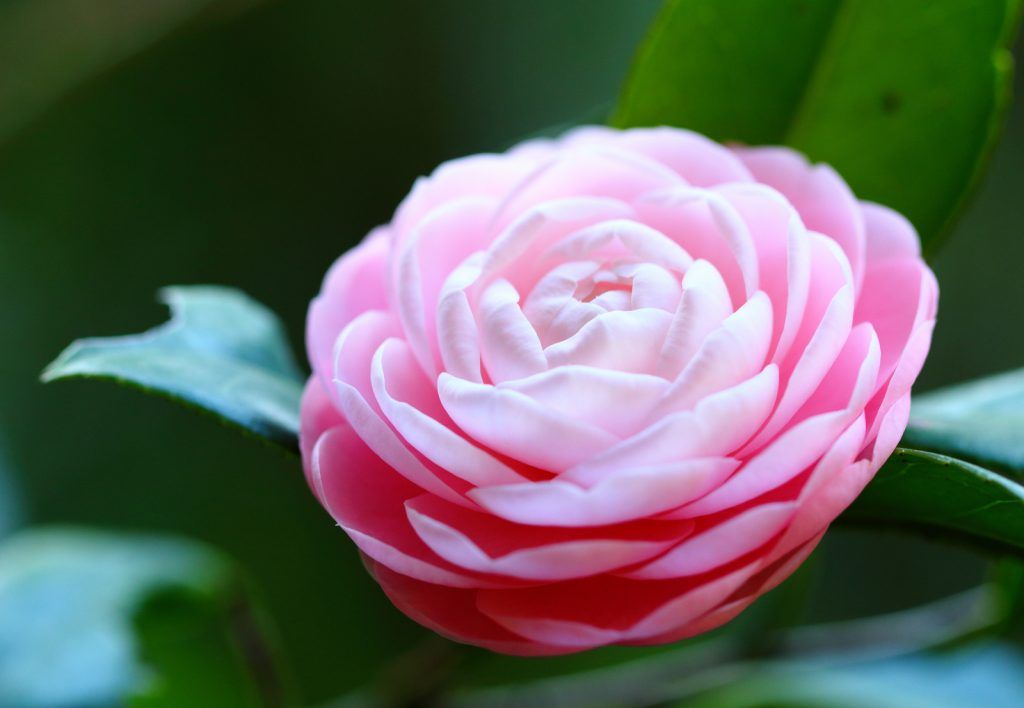
When do camellias bloom?
If you are looking for a plant that will help you color the environment during winter, camellias are your ideal option. Whatever species you decide to plant, the flowering of camellias is an event that will surely leave more than one with a smile on their face.
To achieve that magical moment you have to work from before, meeting a series of requirements that will help you to be in optimal conditions. And how long after planting them will that dream day come? It is just what we are going to review in today’s post. Ahead.
When does the camellia flower bloom?
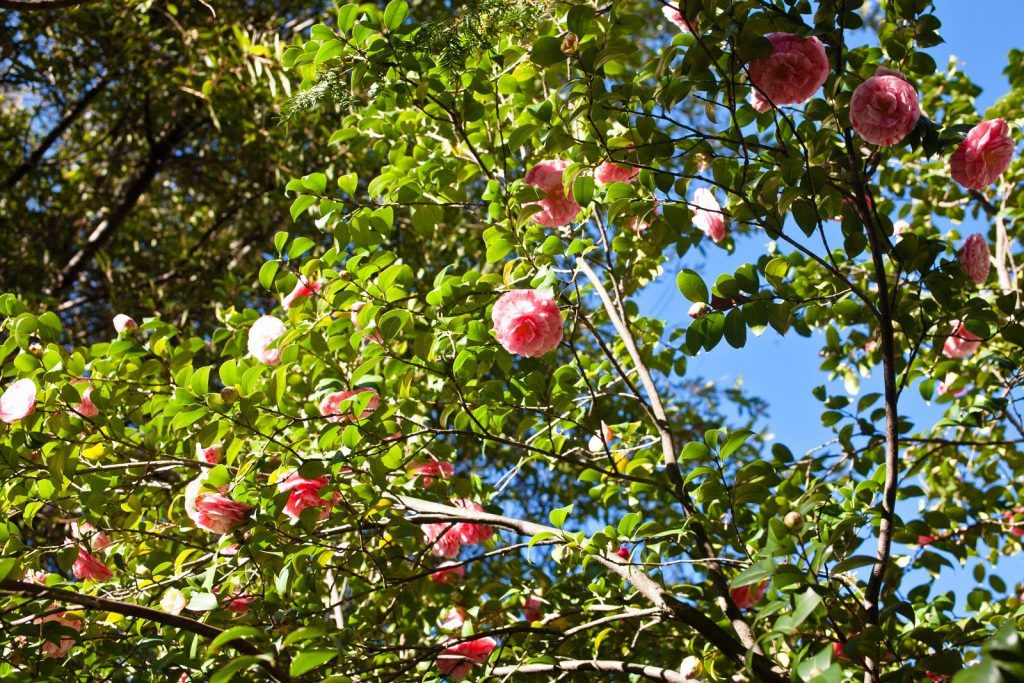
Camellias have the property of blooming throughout the winter, starting the process from the end of December.Thanks to the care you will give them, there is a possibility that their beautiful flowers will last for the next 3 or 4 months.
Take into account that the type of camellia in question and the environmental conditions will have a marked influence on all this. This means that there are camellias that bloom before others and that does not mean that there is something wrong with them.
What soil do camellias need?
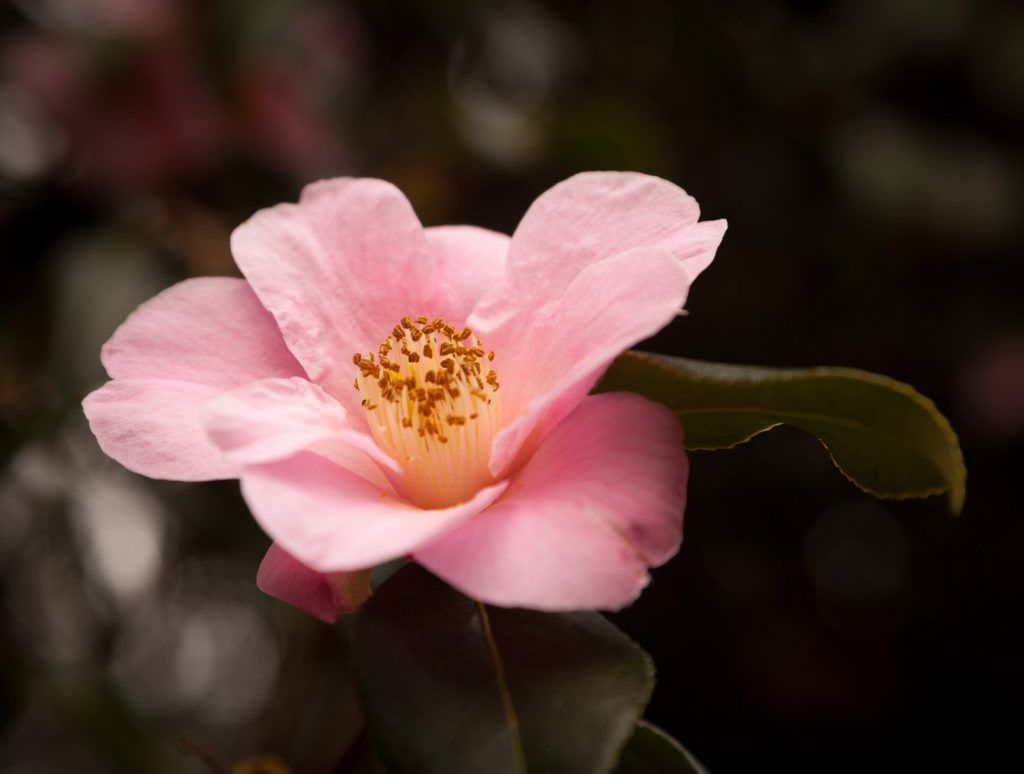
Ideally, camellias enjoy acidic soil and an appropriate amount of nutrients according to their own needs. You have to complement this with efficient drainage, since as a general rule they need an environment full of humidity.
Of course, the irrigation water must be low in hardness because the excess of lime can affect flowering.
Where should a camellia be planted?
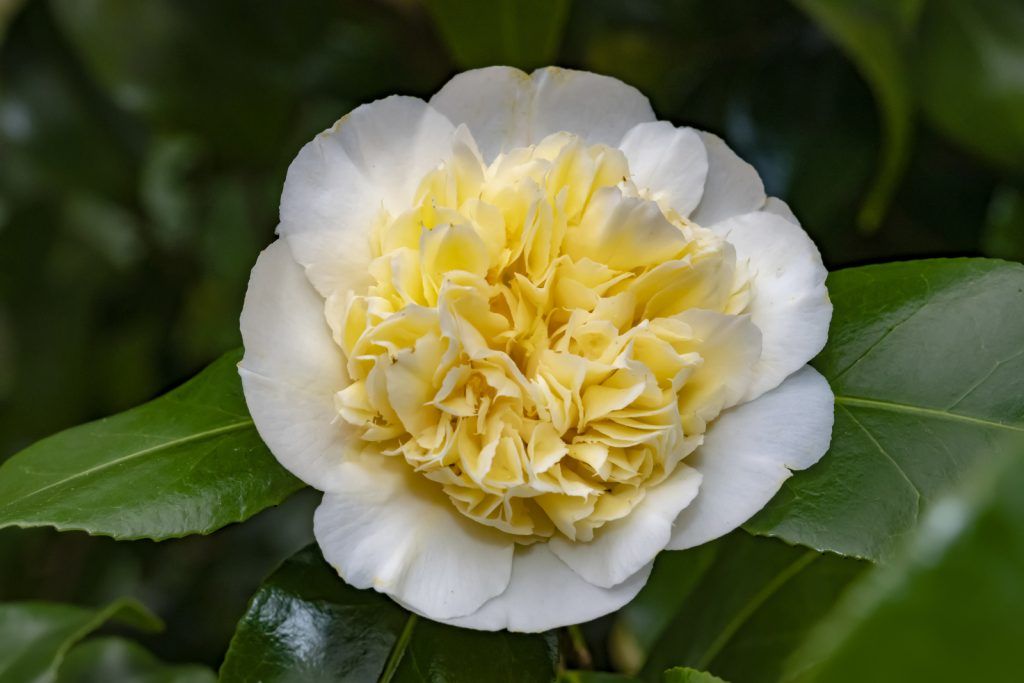
Camellias prefer to be in partial shade and receive indirect sunlight.Being their only requirement, you can have them in your own garden or on the terrace, depending on the place that is most convenient for you.
Take into account that if you have them in your own garden, it is possible that with a frost you will lose the beauty of the flowers, especially if they are white. Although it does not have much to do with the location, but it does influence flowering, it is necessary that after each closure of the cycle, the camellias are pruned.
This action will motivate the formation of new stem structures that will be the ones that will generate the desired flowering in the following year.
Why don’t camellias bloom?
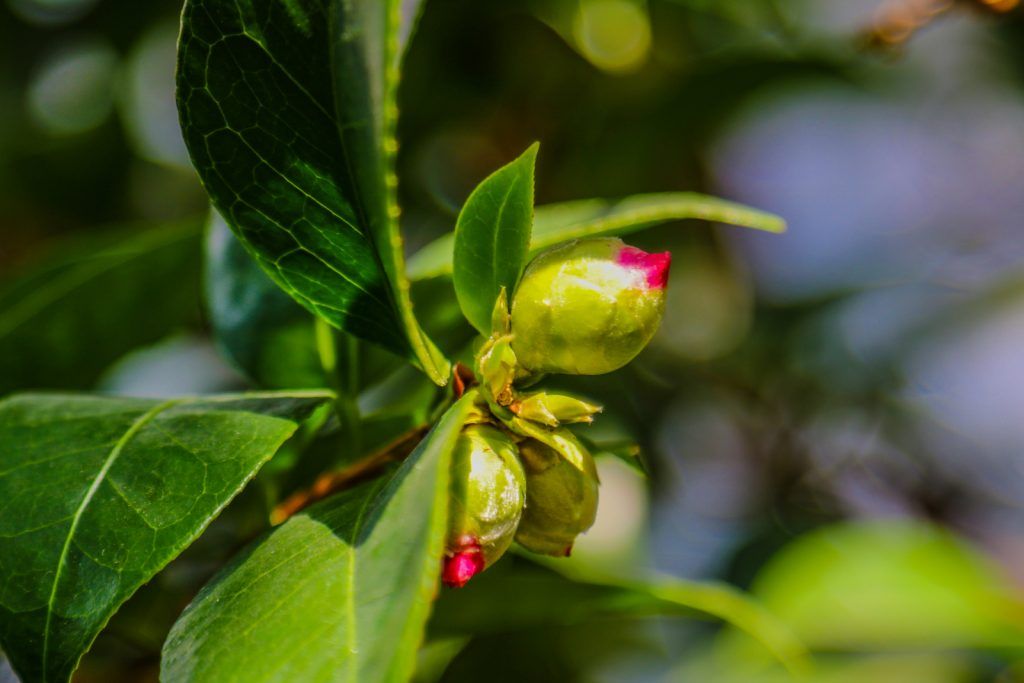
There are various reasons why camellias are not able to bloom. Among them we have:
- It has produced a very poor flowering, probably due to lack of appropriate fertilization for this type of flowering plant.
- The leaves begin to pale, turning yellow.
- The buttons do not open and this prevents the flowers from showing as you would like.
- Buttons dry before opening occurs.
- The plant, although it develops a good number of cocoons, discards them before they reach the time to open.
All this is closely related to the environmental conditions in which camellias develop. If they are in full sun, with low nutrients, subjected to water stress, among others, the chances that the flowers will prosper are drastically reduced.
Another very relevant aspect is the acidity level of the soil, if this is not at an appropriate point you can help it with an organic mixture. And, of course, temperature balance is a very important issue.
As it likes the cold, it is important to keep it in a space where it receives it constantly. This is an element that applies, above all, when the camellias are in pots and can be moved.
Sometimes you can place them (without the intention of causing damage) near heat emitters, such as a heater, a fireplace or the air conditioning outlet. Camellias are amazing plants to have in the garden when winter, so cold and gray, begins to arrive.
If you feel happy to have colorful flowers beautifying the environment, have no doubt that camellias will offer you just what you are looking for. Just take advantage of every last piece of information that we offer you in this post and make sure that the waiting time from the moment of planting is really worth it.

![Photo of Polygala Myrtifolia: [Cultivation, Irrigation, Associations, Pests and Diseases]](https://www.complete-gardening.com/wp-content/uploads/2022/08/polygala-myrtifolia-cultivation-irrigation-associations-pests-and-diseases-390x220.jpg)
![Photo of Plant Ginger in your Garden: [Care, Irrigation and Substrate]](https://www.complete-gardening.com/wp-content/uploads/2022/08/plant-ginger-in-your-garden-care-irrigation-and-substrate-390x220.jpg)
![Photo of The Climate: [Concept, Elements, Importance and Examples]](https://www.complete-gardening.com/wp-content/uploads/2022/08/the-climate-concept-elements-importance-and-examples.gif)
